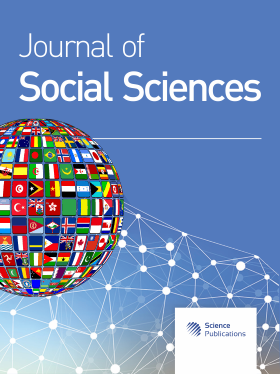A Study of Models of Life Quality Development of Isan Marginal Communities as Affected by Installation of the Solar Home System
Abstract
Problem Statement: The electricity production system by using solar home cells is regarded as a substitute for energy which the state provides for the marginal communities because the area cannot be extended for putting up pylons with electric cables, all this for the marginal communities to have better life and being. The purposes of this thesis were to examine the history and development of the electricity production system by using solar home cells, and to examine models of life quality of Isan marginal communities as affected by the use of solar home system by using solar home cells. Approach: The sample consisted of 100 people in Isan marginal communities who lived in mountains, on highlands, on lowlands, and in national park areas with totally 4 areas. The instruments used for collecting data were an observation form, an interview form a group discourse note-taking form and workshop note-taking form. The 6 aspects of Minimum Needs (MN) was included into every instrument. The data analysis results were subsequently presented by means of a descriptive analysis: Results: 1for the history and development of the solar home system, it was found that Thailand began using solar cells in 1977 by the Unit of Volunteer Doctors. At present, solar cells are used in various types: battery charging stations, communication systems, water pumping system, traffic light signals, blinkers and electric systems in marginal communities in general.2) for the models of life quality development of Isan marginal communities as affected by the use of the solar home system, the life quality was developed according to indicators of maximum needs in these 6 aspects: the model of developing good health, the model of developing progressive incomes, the models of This value cultivation and the model of developing cooperative development. It was found that the positive effects were at 98.67% and negative effects were at only 1.33%. Conclusion/Recommendation: There for, it can be seen that the solar home system can generate more positive outcomes than negative ones in life quality development of Isan marginal communities. This is in accordance with all the 6 aspects of Maximum Needs (MN).
DOI: https://doi.org/10.3844/jssp.2008.272.274

- 3,888 Views
- 2,824 Downloads
- 0 Citations
Download
Keywords
- Life quality development
- isan marginal communities
- solar home system
